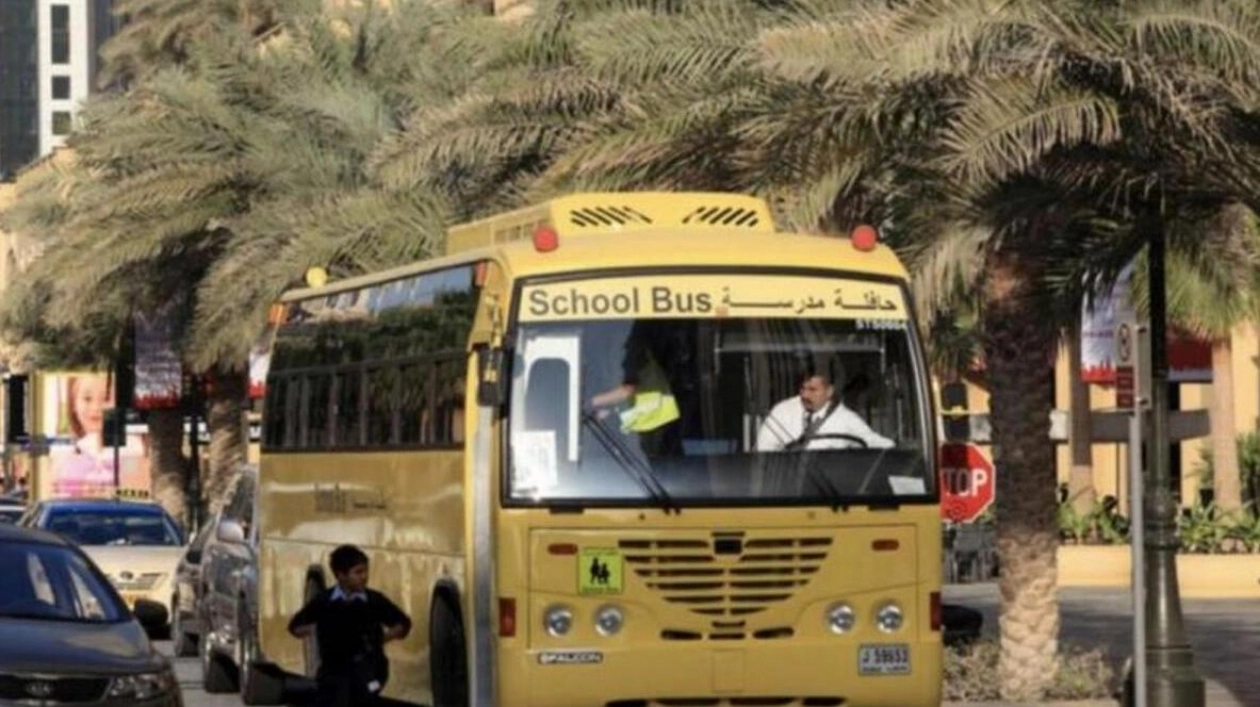The safety and well-being of students in the UAE are paramount, as is the welfare of those responsible for transporting them to school daily. While students relish a two-month break during the summer vacation, school bus drivers employed by transportation companies also get the chance to unwind for at least 30 days annually. However, some contract drivers may take on seasonal jobs, such as driving for summer camps, tour buses, or public transportation, to augment their income. For others, the summer break offers an opportunity to relax, travel back to their home countries, and spend quality time with family.
Speaking to Khaleej Times, Steve Burnell, managing director of School Transport Services (STS) group, emphasized, “I cannot speak for other employers, but when we recruit our people, whether they are drivers, bus guardians, technicians, admin staff, or managers, they are employed full time. We pay their salaries 12 months a year, regardless. They are entitled to 30 days of holiday every year. We encourage our school bus drivers to return home annually, so they receive a flight allowance every year, not every two years.”
“We have all our employees from overseas. They need to rest and recuperate. During short breaks when schools are closed, they also engage in some of the training they need,” he added. Like everyone else, these drivers are entitled to national holidays and eligible for overtime if they work on public holidays. Most bus transportation companies offer a wide range of transport and technical services not only for education but also for corporate sectors, employing their staff elsewhere intermittently during holidays.
“Some staff are also part of the metro staff transfer that operates 365 days a year. During national holidays, the metro is still running, so they receive half salary for that,” Burnell noted. Even with schools closed for nearly two months, Burnell highlighted certain logistical challenges. “If 70% of our employees want to go on vacation within an eight-week window, they cannot all leave on the same day. They stagger. Meanwhile, they may need to undergo some training programs.”
“We have been in difficult situations before, such as during floods in Pakistan and South India. You can imagine our anxiety three weeks before schools started when they were out of the country,” he added. When drivers return, they resume professional development or safety training sessions to stay updated on regulations and protocols. Many drivers may be testing new schools and routes. Preparation involves a 30-day window for operations, while the remaining 30 days are dedicated to recruitment, onboarding, training, and the return of drivers from leave.
School bus drivers are also required to complete refresher training, including mandatory annual safeguarding training. “This safeguarding training is crucial, as it’s not just about following rules. It’s a code of conduct in terms of their interaction with students. There are things that you do not do,” Burnell emphasized. These trainings often involve rules around social media engagement or physical contact with students. Drivers are trained to understand that any physical interaction needs to be within the bounds of professionalism and guided by clear protocols to prevent any inappropriate conduct.
Burnell added, “In a potential incident where a driver might need to prevent a student from tripping, that’s understandable. Therefore, we ensure we have the right background checks and the right level of person competent to drive the bus. Besides, our Bus Guardians are exceptional. That’s why we call them bus guardians, not nannies or conductors. They assist every child with boarding daily, ensuring seat belts are fastened, help with de-boarding, and hand over the student to the designated adult.”






